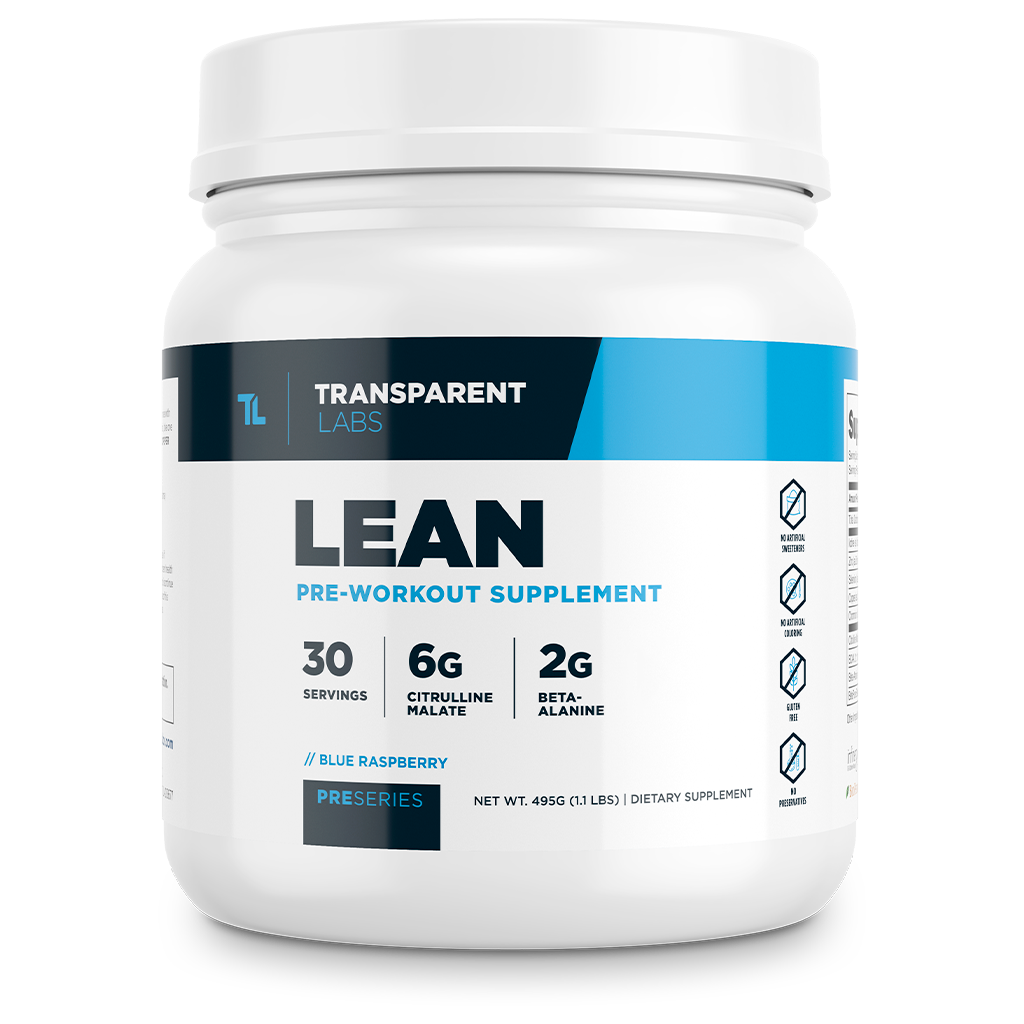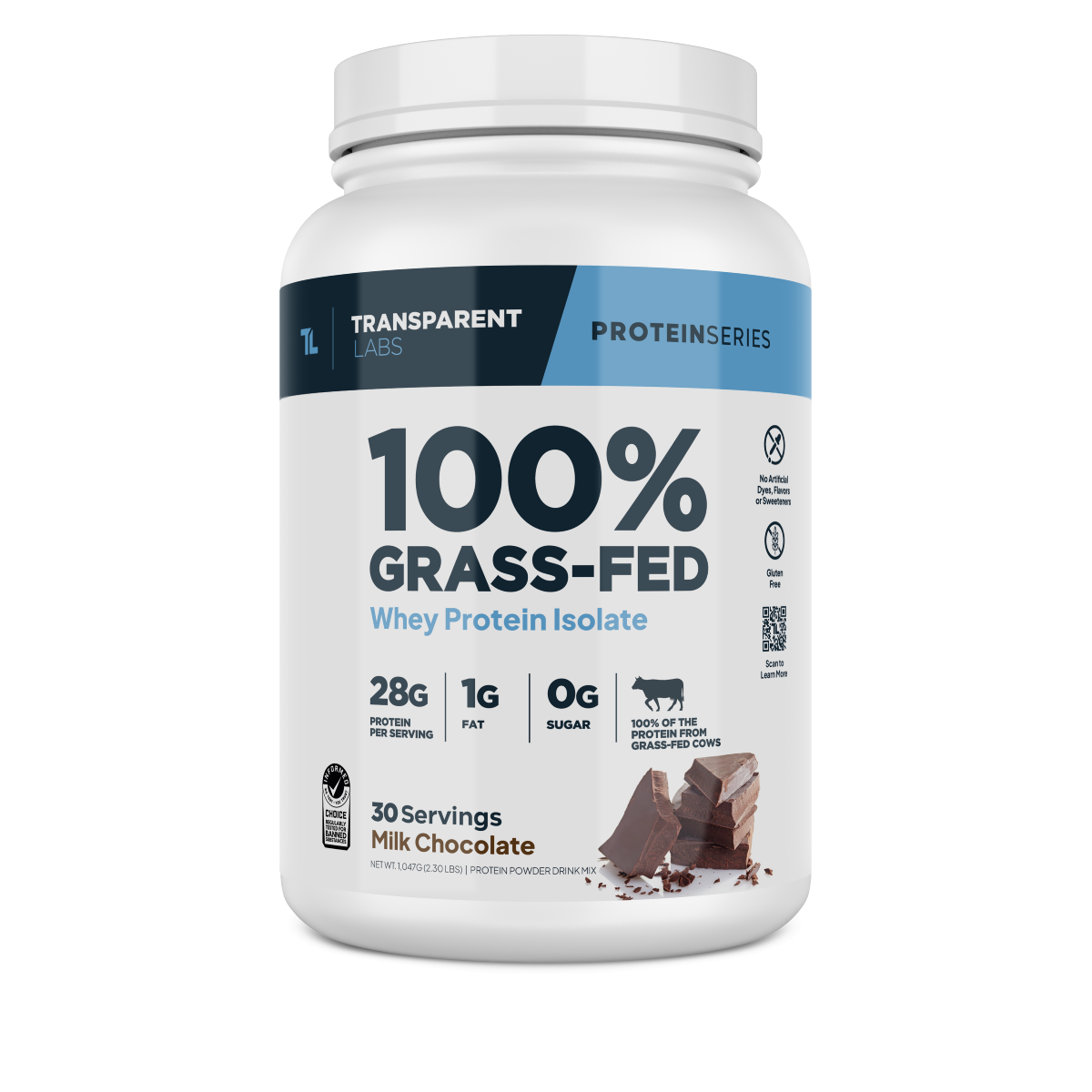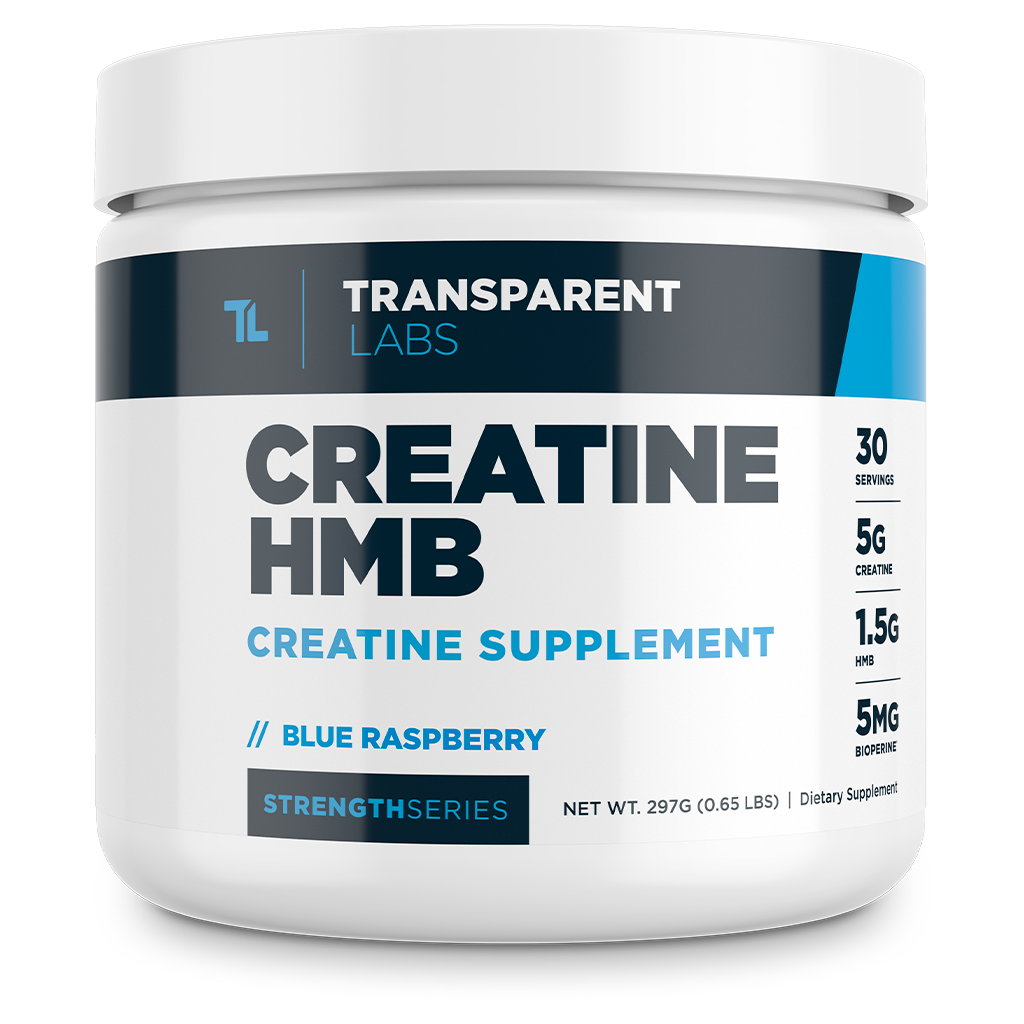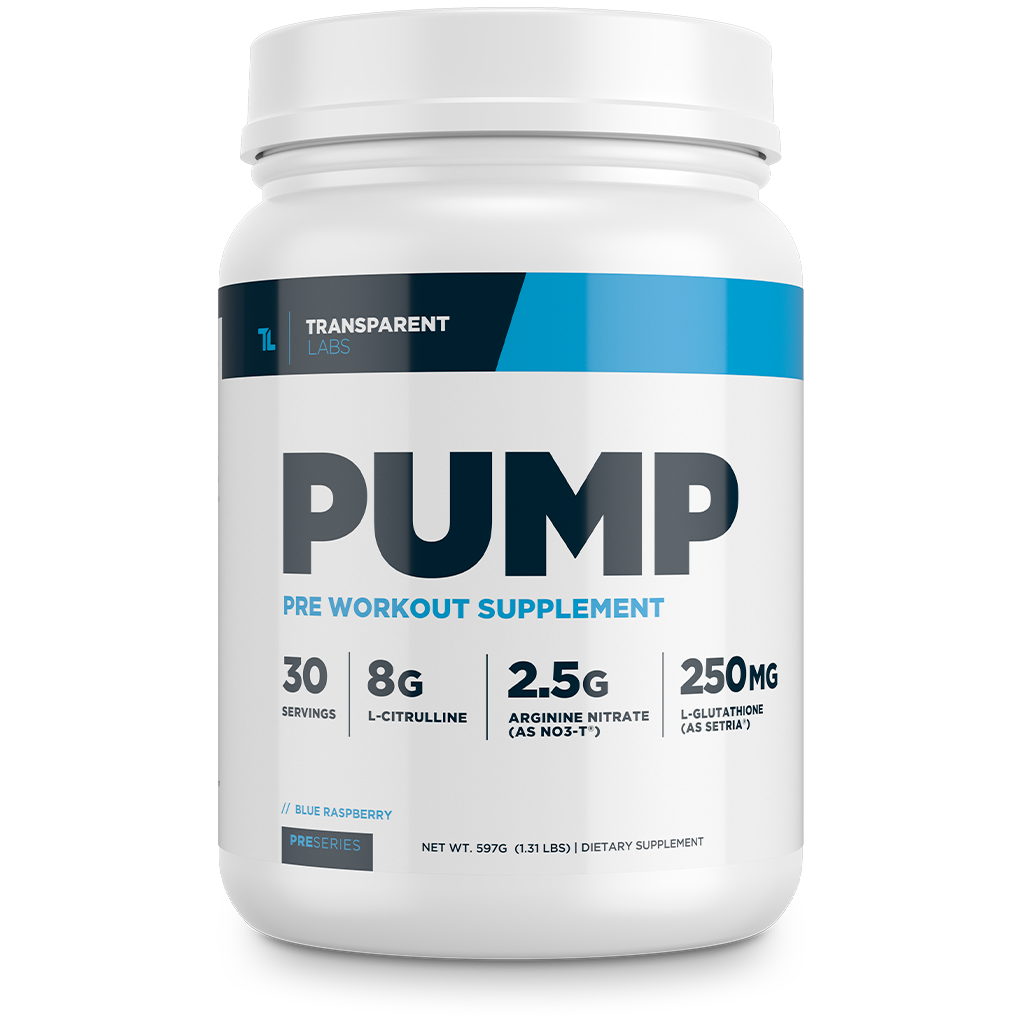Pea Protein vs Soy Protein | How Do They Compare?
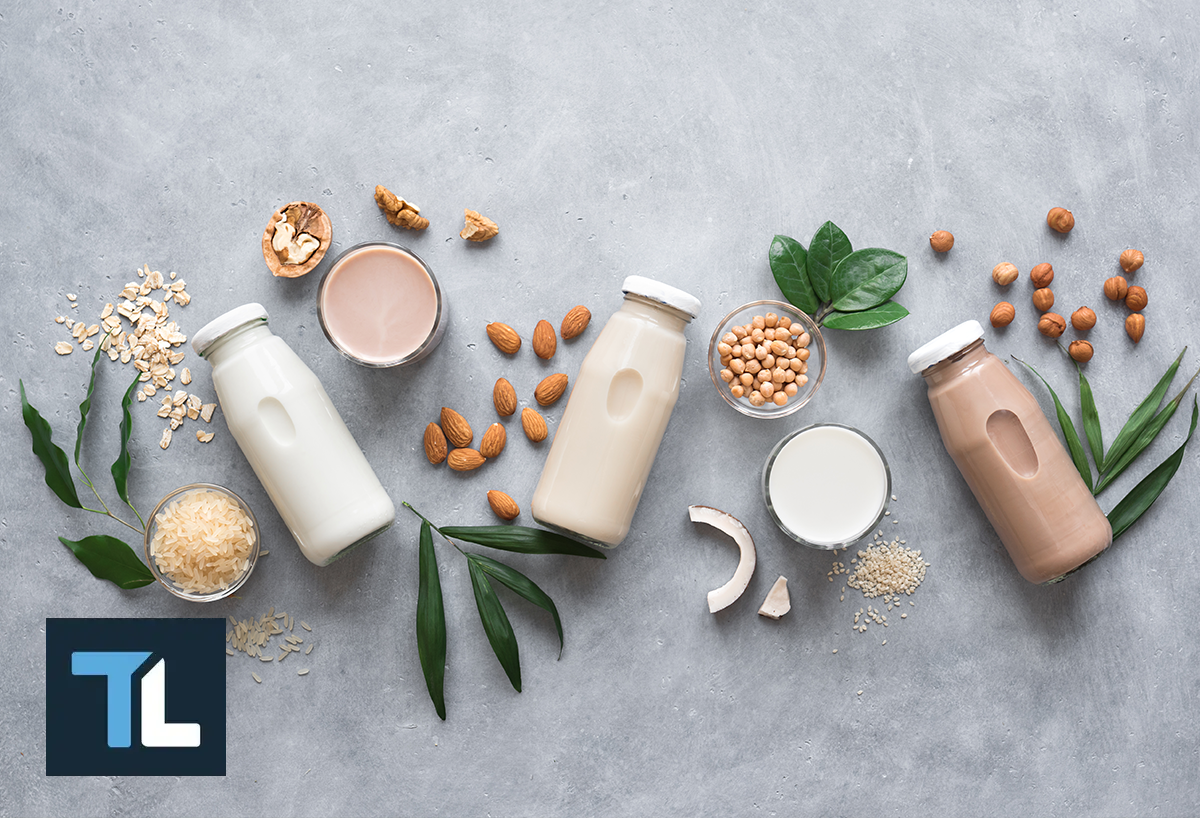
Animal protein sources like whey and casein have long reigned supreme in the world of protein powders.
Now, sharing part of the spotlight are plant-based proteins, especially pea and soy protein. These alternatives are not just for vegans and vegetarians but also cater to those with dairy allergies or lactose intolerance.
As pea and soy proteins gain traction, you might wonder how they stack up when it comes to their nutritional value or associated health benefits.
This article provides an in-depth comparison between pea and soy protein so you can make an informed decision as to which one is best for you.
Pea Protein: Basics and Production
The production of pea protein powder begins with golden or yellow split peas. Initially, these peas are de-shelled and then ground into flour. While this flour is versatile in the kitchen, its high starch and fiber content make it unsuitable as a protein powder in its raw form.
To refine it into a protein powder, the flour undergoes a filtration and spinning process that separates the starch and fiber from the protein. What remains is a concentrated paste rich in protein, which is then dried into a fine powder.
Soy protein powder is produced in a similar way to pea protein. The process begins with the dehusking of soybeans. Following this, the beans undergo an extraction process that transforms them into flakes. These flakes are then ground into flour.
Like pea flour, soy flour isn't ready to be used as a protein powder as it contains excess starch and fiber, so it undergoes a further extraction process to reduce these components, resulting in a protein-rich powder.
Whether pea or soy, the final protein content of the powder determines its classification as either an isolate or a concentrate. Isolates contain at least 90% protein by weight, while concentrates typically have around 80% protein, although this percentage can be much lower.
Nutritional Comparison
All plant-based proteins are commonly believed to be incomplete proteins — meaning they don't provide all nine essential amino acids that the body can't make.
While this is true for some plant-based proteins, it's not the case for pea and soy proteins, which are complete proteins.
Although both protein sources are low in the essential amino acid methionine, they are high-quality sources in that they are easily digestible and provide most of the amino acids your body needs in appropriate quantities.
One standard scoop of either soy or pea protein isolate provides (1, 2):
-
Calories: 120
-
Protein: 24-27 grams
-
Carbs: 1 gram
-
Fibrer: 0 grams
-
Fat: 1-2 grams
-
Sodium: 230-320 mg
Both are a good source of iron, providing around 15% of the daily value (DV).

Health Benefits of Pea Protein
Pea protein is a high-quality protein source that provides all nine essential amino acids that your body cannot create and must get from food.
While it's low in methionine, you can get plenty of this essential amino acid from other plant-based foods like brown rice.
Pea protein's amino acid composition is similar to whey protein, which tends to be the best source for building muscle since it's particularly rich in leucine and the other two branched-chain amino acids. Leucine is thought to act as the primary trigger that kickstarts muscle protein synthesis.
Because pea protein shares an amino acid composition similar to whey protein, many studies have suggested that pea protein is just as effective for building muscle.
For instance, a study found that men who followed a 12-week upper body workout program and used pea protein powder saw similar biceps muscle thickness gains as those who used whey protein (3).
In another study, men who consumed either pea or whey protein alongside a high-intensity functional training program experienced similar increases in squat and deadlift one-rep maxes (4).
However, when it comes to muscle recovery in older but not younger adults, pea protein may not be as effective as whey (5, 6).
Beyond the gym, pea protein offers antioxidant and blood pressure-lowering effects. Pea protein may also increase the growth of good bacteria in your gut, particularly of Lactobacillus and Bifidobacterium strains (7).
Because pea protein is a relatively new kind of protein powder, there aren't as many clinical trials examining its potential health benefits as there are for soy protein.
Health Benefits of Soy Protein
Soy protein — despite being low in methionine — contains all nine essential amino acids like pea protein.
Its amino acid composition is also similar to whey protein in that it provides most of the amino acids that your body needs in the appropriate quantities. This includes the branched-chain amino acids.
Most research comparing the effects of soy and whey protein on muscle growth and strength gains from resistance exercise, as well as on body composition, has found no significant differences between the two (8, 9).
Soy protein has a greater body of research on its health benefits compared with pea protein. To this point, several clinical trials have demonstrated that soy protein powder is effective for lowering high cholesterol and triglycerides — a type of fat in the blood that when elevated can increase the risk for heart disease — and can reduce the risk of certain types of cancer (10, 11, 12).
These benefits are believed to be linked with soy protein's content of specific proteins and isoflavones — a class of beneficial plant compounds found primarily in soybeans.
Potential Downsides of Pea and Soy Protein
Protein powders are relatively safe and are an easy — and often cost-efficient — way to increase your protein intake.
Perhaps the biggest safety risk with protein powders is the potential for contamination or adulteration with ingredients that shouldn't be present.
Fortunately, this isn't a concern if you purchase products that have been third-party tested to ensure that the product contains what it lists on the label — nothing more, nothing less.
When discussing pea and soy protein powders, it's the latter that tends to be linked with adverse or unwanted health effects.
For example, soy protein has long been thought to lower testosterone and increase estrogen, primarily due to its content of phytoestrogens — a type of isoflavone.
And with "estrogen" in phytoestrogens, it's easy to see how this association arose. However, a review of 41 clinical trials found that neither soy nor its isoflavones affect testosterone or estrogen levels in men (13).
There is also no strong or consistent evidence to support the claim that soy protein increases breast cancer risk. In fact the opposite is true, soy may actually decrease breast cancer risk in pre-and post-menopausal women (14).
Culinary Uses and Taste
While you can stick with the traditional shaker cup to mix protein powder, pea and soy protein offer great versatility.
You can easily add a scoop to smoothies and dry mixes like pancake or waffle mix or stir into oatmeal. While less conventional, soups and beverages like coffee can also serve as vessels for protein powder.
You can buy pea and soy protein unflavored or flavored. Unflavored may be best for baking while flavored can enhance the sweetness and taste of things like baked goods and oatmeal.
Pea protein has a much stronger taste than soy protein. It tends to be more earthy, chalky, and bitter. Although it's difficult to mask these flavors, chocolate-flavored pea protein does a decent job.
Conversely, the more mildly bitter and chalky taste of soy protein can be easily masked when flavored.
Due to its grittier texture, pea protein tends to be more difficult to dissolve compared with soy protein powder — something to keep in mind when deciding which or how to use either type.

Making the Choice: Pea Protein vs Soy Protein Powder
Nutritionally, pea and soy proteins are comparable and can both rival the gold standard of whey protein in terms of enhancing muscle protein synthesis and aiding exercise recovery.
However, there are no significant differences between the two, except that soy protein has more clinical data supporting its various health benefits. Thus, choosing between pea and soy protein might ultimately depend on personal factors such as potential allergies, cost, and taste preferences.
Pea protein is hypoallergenic, free from the nine major food allergens, making it an ideal choice for those with allergies, while soy is a common allergen. If you are allergic to soy, pea protein naturally becomes your go-to option.
Cost-wise, soy protein is generally less expensive than pea protein due to differences in cultivation techniques. The price difference, though, is often minimal — sometimes just a few dollars.
Personal preference plays a crucial role as well. Consider how you plan to use the protein — whether it's simply mixing it in a shaker for post-workout consumption or incorporating it into various recipes like smoothies, baked goods, or oatmeal.
Also, think about the taste — whether you prefer flavored or unflavored — and the mixability of the powder based on your intended use. If you're not allergic to soy and not overly concerned about the cost, experimenting with both types might be the best way to determine which suits your needs best.
Otherwise, plant-based protein powder mixes are an option. These usually contain several types of plant-based proteins, including soy, pea, rice, wheat, and oat.
Conclusion
Among the wide array of available protein powders, pea and soy proteins stand out as plant-based alternatives to traditional animal-based options like whey.
Both types offer complete protein profiles that support muscle protein synthesis and recovery, offering similar efficacy to whey.
While soy has a more robust body of evidence highlighting its additional health benefits, pea protein is a hypoallergenic alternative.
Ultimately, the choice between pea and soy protein will hinge on personal factors such as dietary restrictions, cost considerations, and taste preferences.
Frequently Asked Questions
Is Soy Protein Bad for Men?
Contrary to popular belief, there is no strong or consistent evidence to suggest that soy protein or its isoflavones decrease testosterone, increase estrogen, or increase the risk of prostate cancer in men.
Are Pea and Soy Proteins Complete Proteins?
Pea and soy protein are complete proteins, providing all nine essential amino acids that your body cannot make and must get from food. Both, however, are low in the essential amino acid methionine.
Are Pea and Soy Proteins Low FODMAP?
Pea and soy proteins may be low in fermentable oligosaccharides, disaccharides, monosaccharides, and polyols (FODMAPs). A pea or soy protein isolate will likely be much lower in FODMAPs since they contain more protein and less fiber by weight.

